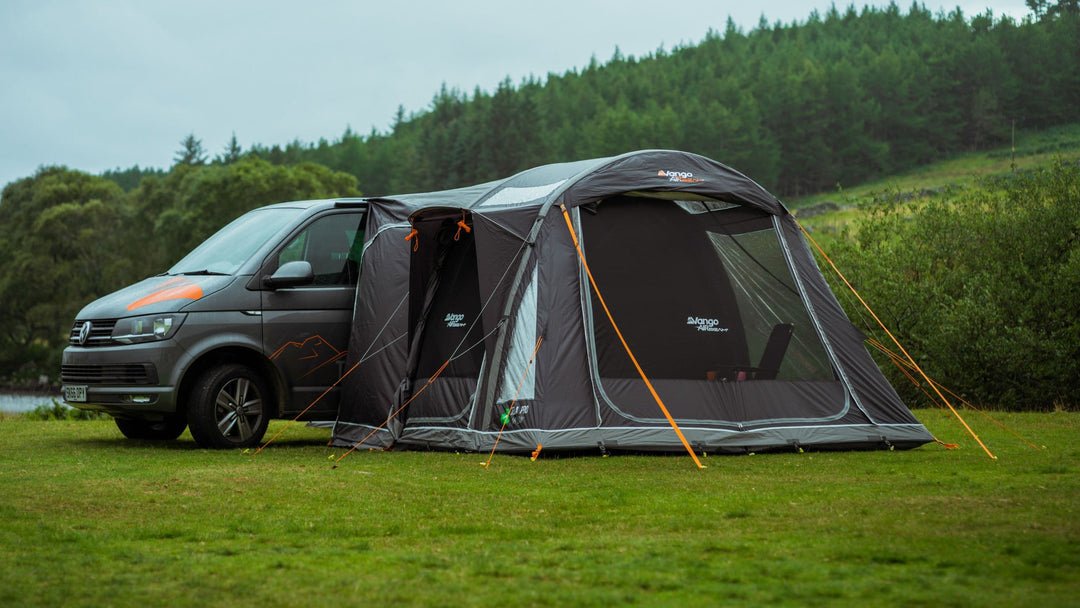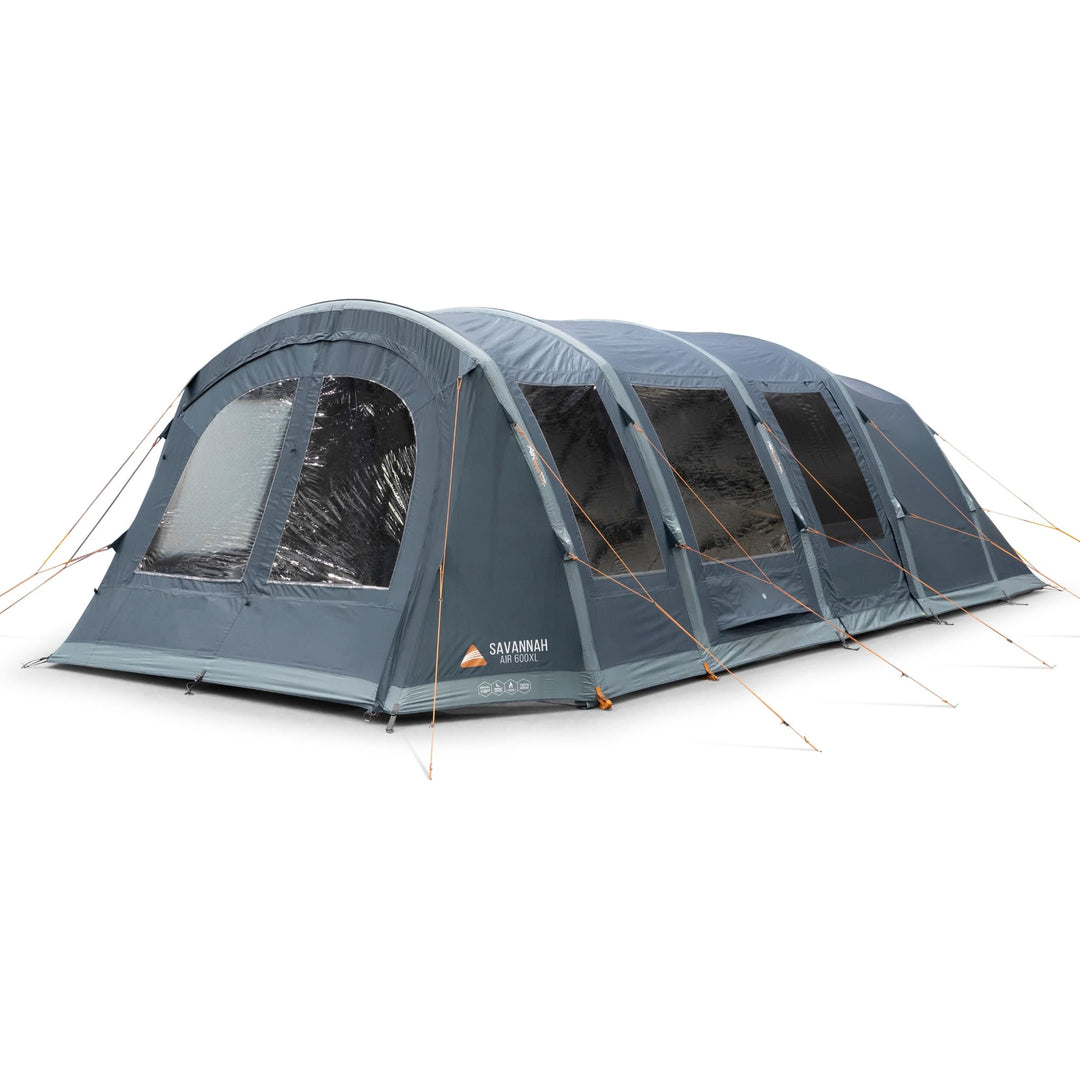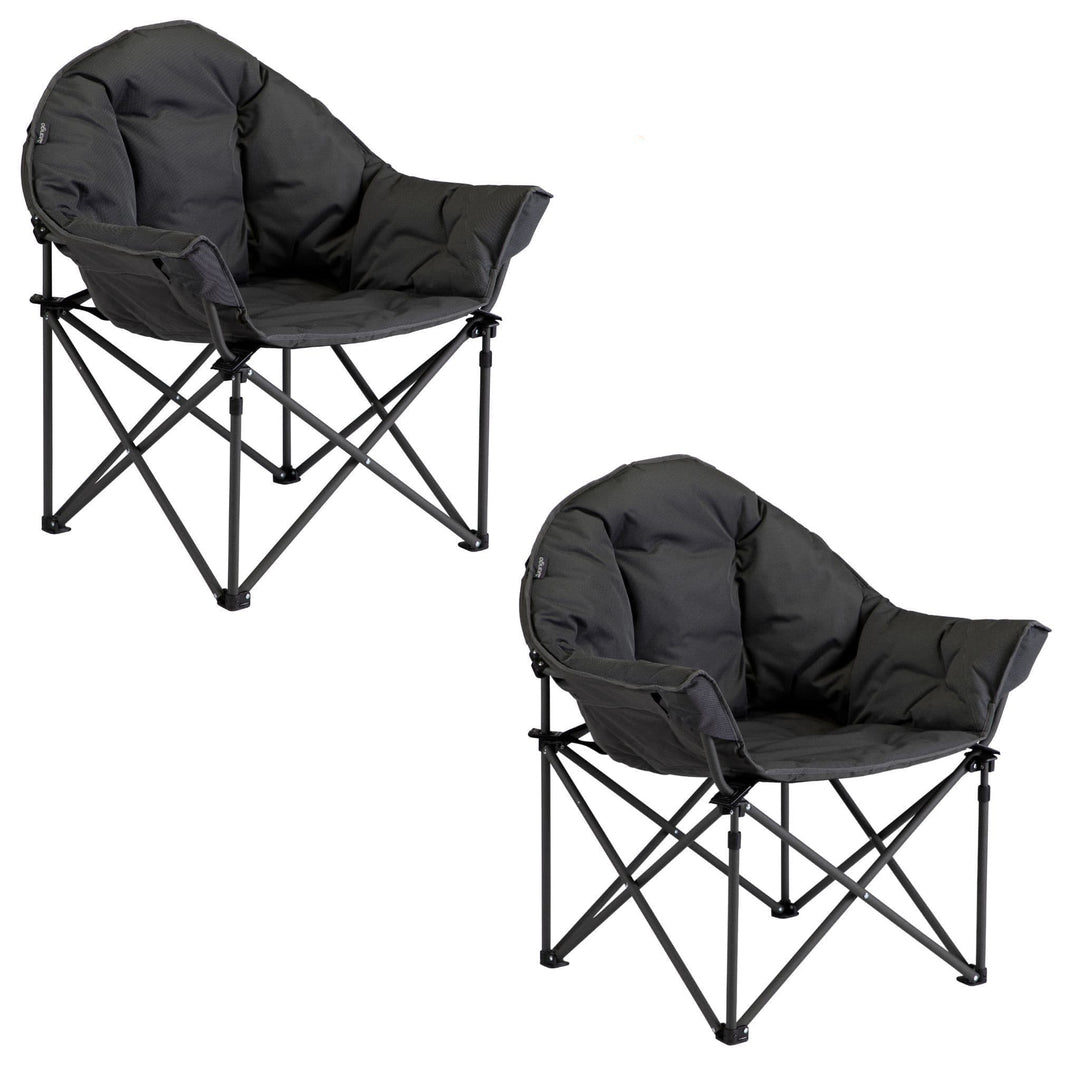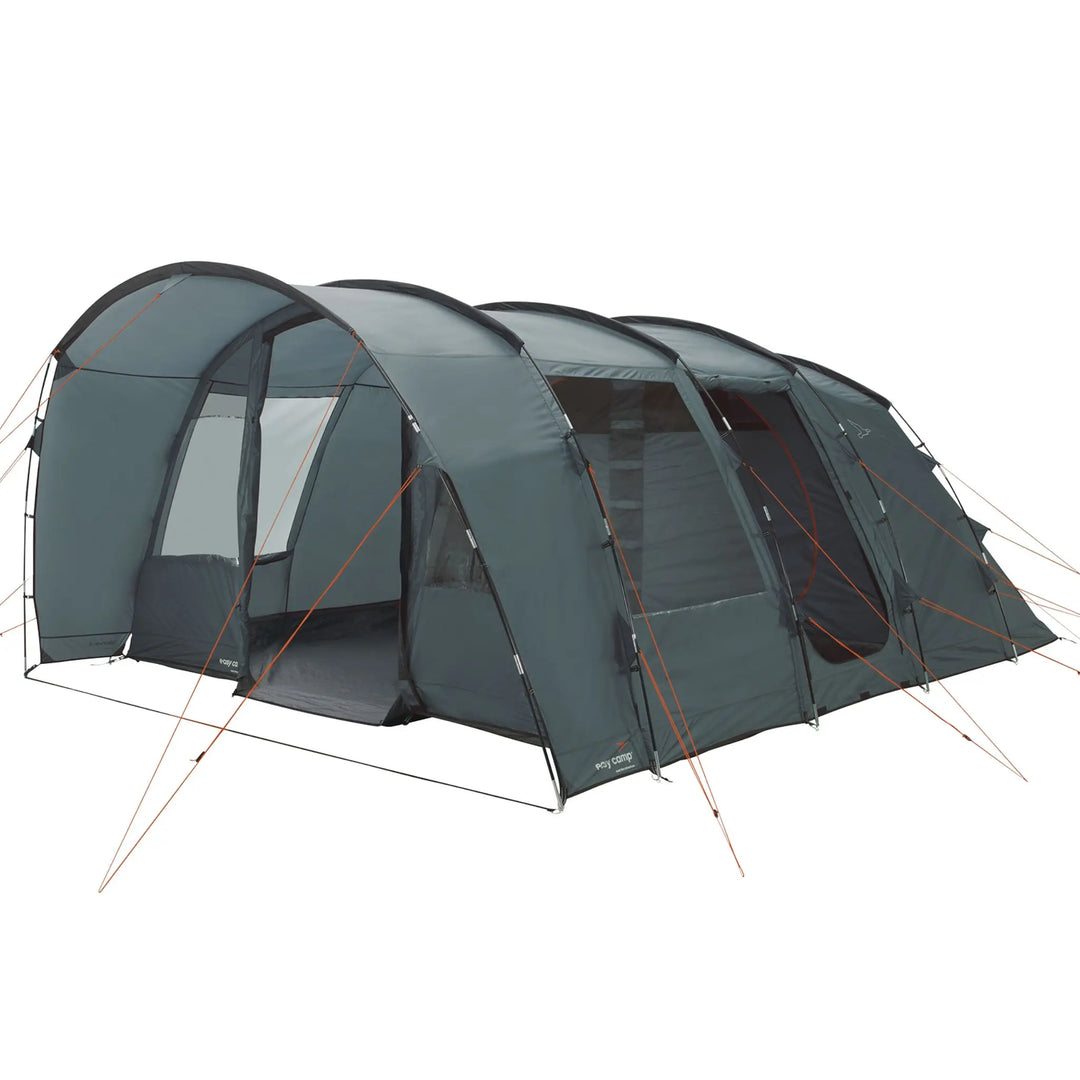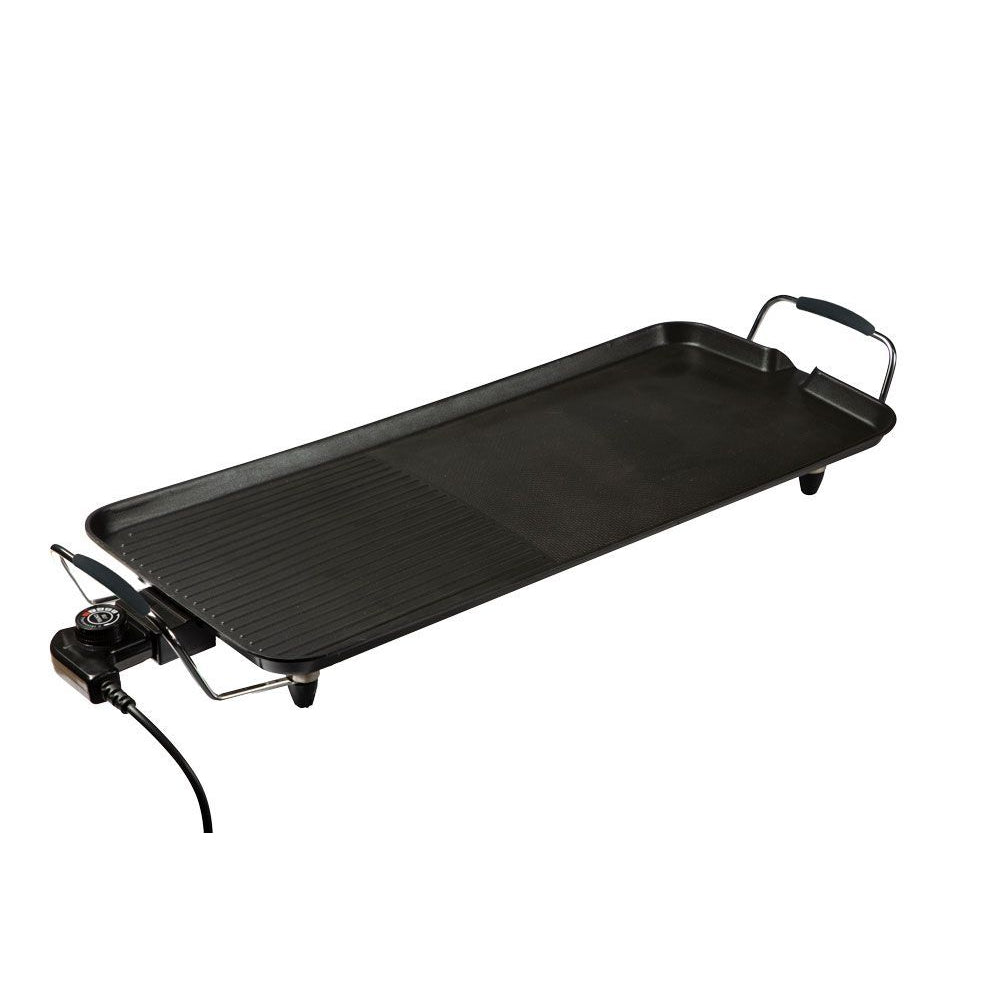How to Fit a Vango Rucksack Properly: Step-by-Step Guide

A well-fitted rucksack makes all the difference when carrying gear for extended periods. Whether you're hiking, camping, or backpacking, ensuring your Vango rucksack is correctly adjusted will help prevent discomfort and strain. Follow this simple rucksack fitting guide to achieve the best fit for your body.
Shop our Full range of Racksacks here.

Step 1: Loosen All Straps Before Adjusting
Before putting on the rucksack, loosen all the straps on the back system. This includes the shoulder straps, hip belt, and load lifters. Loosening everything allows for proper adjustment once it's on your back.
Tip: Add some weight (around 5-10kg) to simulate real use. This will help you fine-tune the fit more accurately.
Step 2: Position the Hip Belt Correctly
Once the rucksack is on, position the hip belt so that it sits just on or slightly above your hip bones (iliac crest). This is where most of the load should be carried.
- Close the buckle and tighten the hip belt to a snug fit.
- Avoid overtightening—it should be secure but comfortable.
- A correctly positioned hip belt helps reduce strain on your shoulders.
Step 3: Adjust the Shoulder Straps
With the hip belt secured, pull the shoulder straps until they sit comfortably on your shoulders. They should be firm but not overly tight, allowing some movement.
- If there's a gap between your shoulders and the straps, the back system needs adjusting.
Step 4: Set the Back System to Your Torso Length
To correctly adjust the Vango back system, you need to measure your torso length:
- Locate your C7 vertebrae (the bony bump at the base of your neck).
- Find your iliac crest (the top of your hip bones).
- Measure the distance between these two points.
- Adjust the back system to match this measurement by unfastening the Velcro strap and feeding it through the correct marking on the back panel.
Step 5: Adjust the Load Lifters and Chest Strap
- Load lifter straps (located at the top of the shoulder straps) should be pulled gently to bring the rucksack closer to your body, improving balance.
- The chest strap (sternum strap) should be adjusted to keep the shoulder straps in place and reduce strain.
Watch the Video: How to Fit a Vango Sherpa Rucksack
For a visual demonstration, watch this step-by-step video on how to adjust a Vango Sherpa rucksack to your body shape. Ensuring a perfect fit will improve comfort and reduce strain on long walks.
Final Checks Before Setting Off
Before heading out, make sure:
✅ The hip belt is carrying most of the weight.
✅ Shoulder straps are snug but not overly tight.
✅ The back system matches your torso length.
✅ Load lifters and chest straps are adjusted for stability.
A properly fitted rucksack makes all the difference in comfort and posture during your trip.







